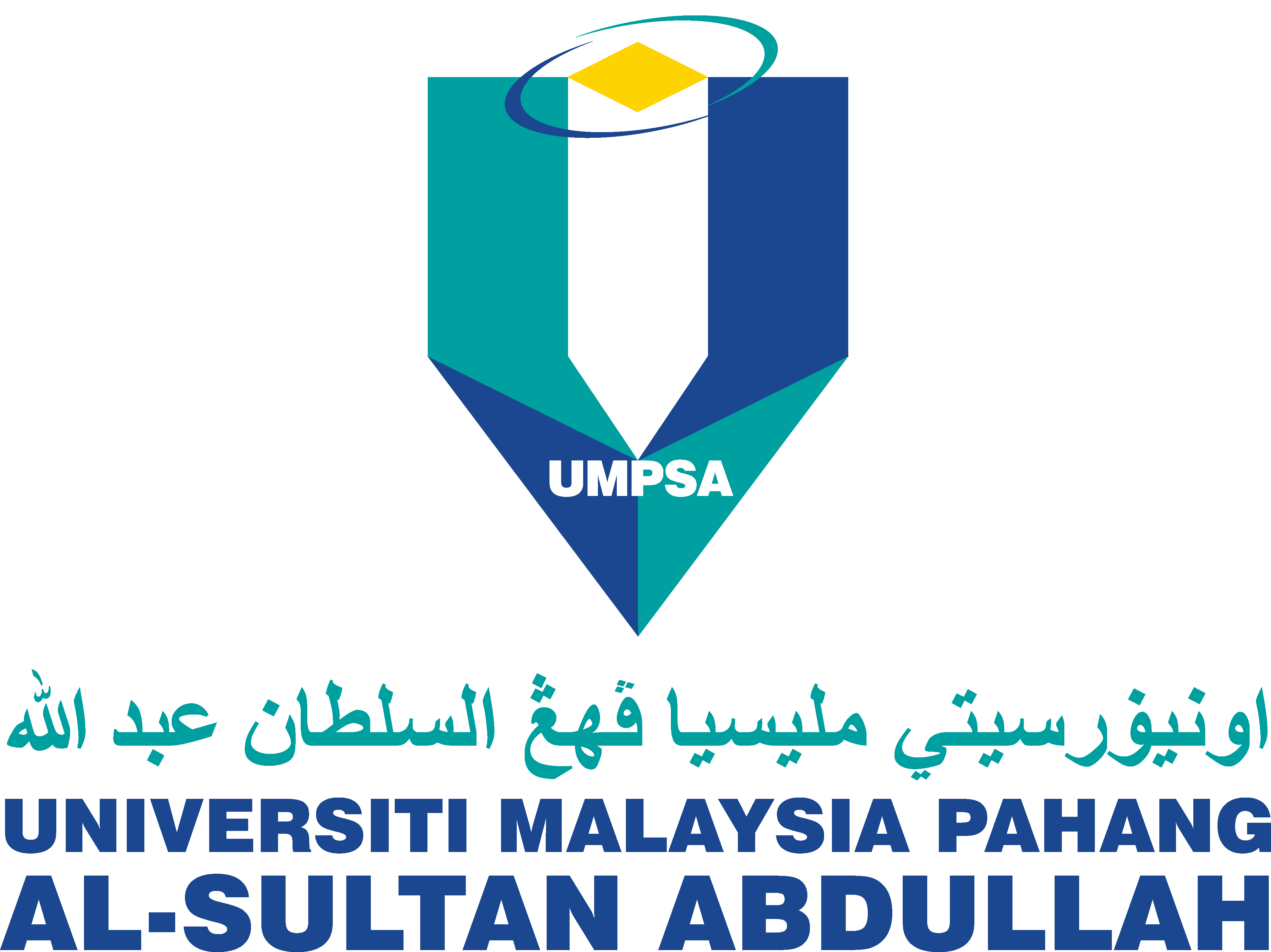WORKLOAD ANALYSIS OF ADMINISTRATIVE STAFF IN FACULTIES AND ACADEMIC CENTERS: A CASE STUDY IN UNIVERSITI MALAYSIA PAHANG
DOI:
https://doi.org/10.15282/ijim.15.1.2022.8998Keywords:
Workload, Efficiency Level, Full-Time Equivalent, Job Description, Competency, Organization Culture, Job PerformanceAbstract
One of the main issues in achieving optimal results is the disproportion between the workload and the work capacity of an individual. The main constraint in independently measuring an individual's tasks is for non-recurring tasks and the implementation of a work process varies between individuals. As a pilot study, this research collected responses from 16 administrative staff from 9 faculties and academic centers at Universiti Malaysia Pahang (UMP) who were selected using purposive sampling techniques with each respondent selected according to their position, grade, and job scope. Qualitative research methods are used to study the suitability of the methods used in Indonesia to be implemented in UMP considering aspects of experience, insights, and work culture in their daily tasks. There are two types of data collection tools used which are the main data collected through interview sessions and secondary data obtained through documents of Job Description and Work Process. The goal of this research is to measure the Level of Efficiency of working time as well as the Full-Time Equivalent (FTE) analysis. Efficiency Level is an analysis of the efficiency of day-to-day working hours while FTE analysis is the level of workload for each individual. For the Efficiency Level, the results showed that only 7 respondents were at a very good level of at least 1.00 while for the FTE analysis, 6 people were at the Inload level and one was at the overload level. Based on the analysis, it was found that the distribution of the workload is disproportionate, and therefore, this study is expected to guide efficient and effective human resource planning to optimize human resources as well as improve productivity and quality of services at Universiti Malaysia Pahang.
Downloads
Published
Issue
Section
License
Copyright (c) 2023 University Malaysia Pahang Publishing

This work is licensed under a Creative Commons Attribution 4.0 International License.



